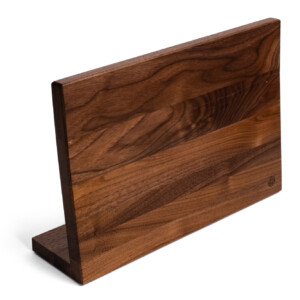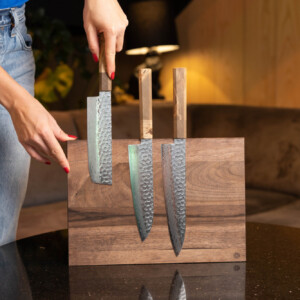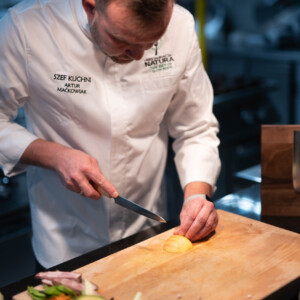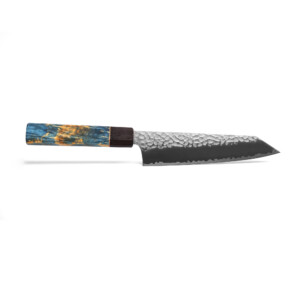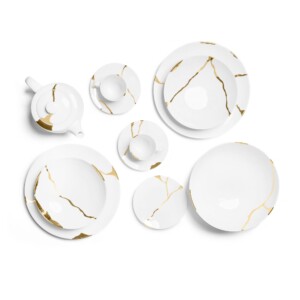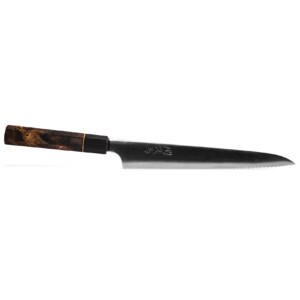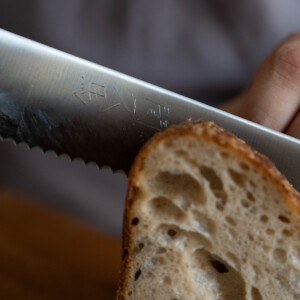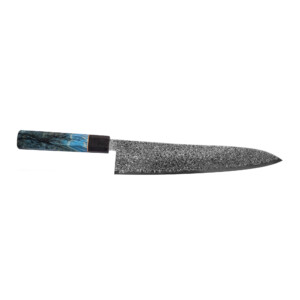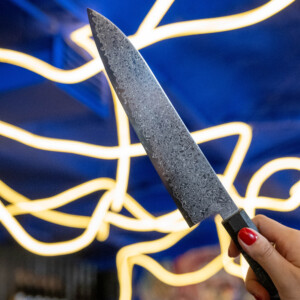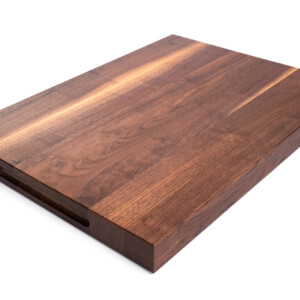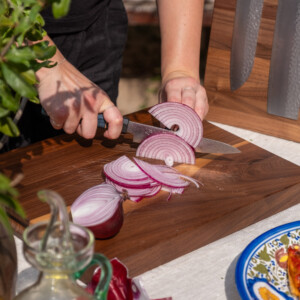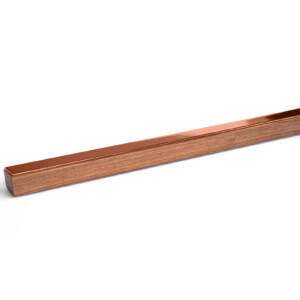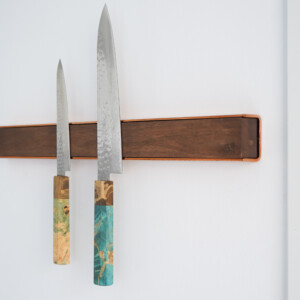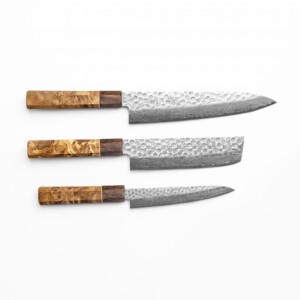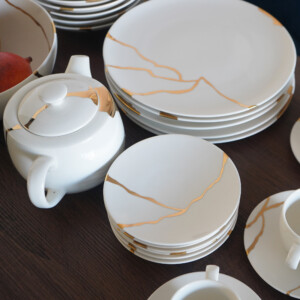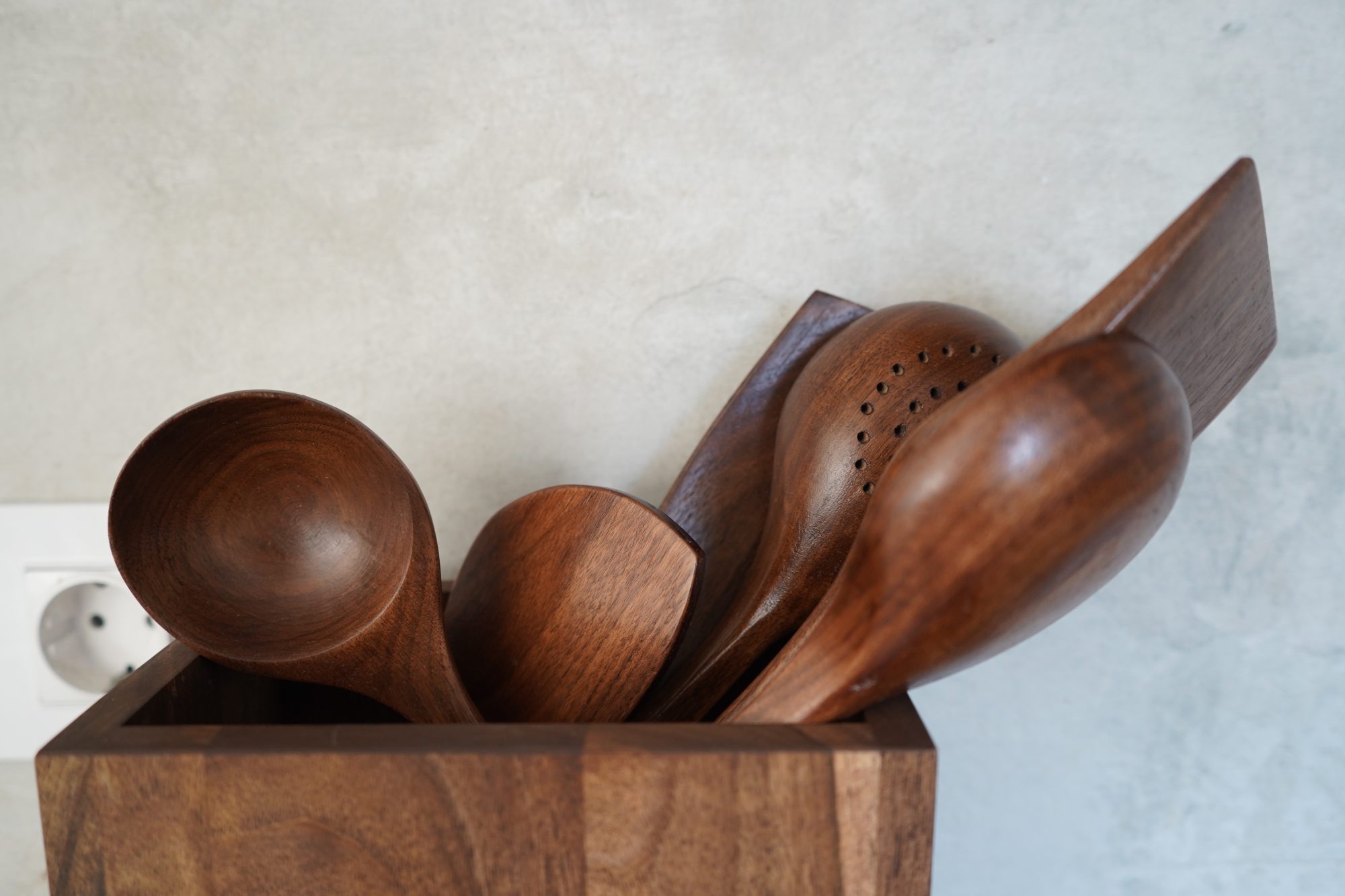We’ve all been there. You’re halfway through dicing an onion when your eyes start stinging. Within seconds, tears are streaming down your face, your nose is running, and you can barely see what you’re doing. You try to power through, blinking frantically, but the burning only gets worse. It’s miserable, and it happens to nearly everyone who cooks regularly.
The good news is that onion tears aren’t inevitable. There are legitimate, science-backed methods to reduce or eliminate that eye-watering experience. We’ve tested these approaches extensively in our kitchen, and we’re sharing what actually works.
Why Onions Make You Cry
Understanding the problem helps you solve it more effectively. When you cut into an onion, you’re breaking cell walls that contain sulfur compounds. These react with enzymes in the onion, creating a volatile gas called syn-propanethial-S-oxide. This gas travels through the air, reaches your eyes, and reacts with moisture there to form sulfuric acid. Your eyes respond by producing tears to flush out the irritant.
This isn’t a design flaw. It’s actually a defence mechanism that protects onions from being eaten in the wild. Unfortunately for us, it makes one of the world’s most essential cooking ingredients rather unpleasant to work with.
The key to reducing tears is either preventing the gas from forming, slowing its release, stopping it from reaching your eyes, or making cleaner cuts that damage fewer cells in the first place.
Method One: The Sharp Knife Advantage
This might be the most important tip we can give you. A truly sharp knife makes cleaner cuts through onion cells rather than crushing them. Less crushing means fewer broken cells, which means less tear-inducing gas released into the air.
When you use a dull knife, you’re essentially smashing your way through the onion. Each stroke crushes hundreds of additional cells, releasing a cloud of irritating compounds. You can see the difference. A sharp knife leaves a clean, almost glassy cut surface. A dull knife leaves a rough, torn edge with visible juice seeping out.
The difference in your eyes is immediate. With a sharp blade, you might get through an entire onion with only mild irritation. With a dull knife, you’re crying before you finish the first half. This is one reason we’re so particular about knife quality and maintenance. A well-maintained knife doesn’t just make cooking easier and safer; it genuinely improves the experience of working with challenging ingredients.
If your knife hasn’t been professionally sharpened in over a year, sorting that out will transform your onion-cutting experience.
Method Two: Temperature Control
Cold slows down chemical reactions. When you chill an onion before cutting, you’re literally slowing the rate at which those volatile compounds are released.
Pop your onion in the refrigerator for 30 minutes before you need it. If you’re in a hurry, 10-15 minutes in the freezer works as well, though be careful not to leave it too long or you’ll end up with a partially frozen onion that’s difficult to cut. The goal is cold, not frozen.
Some people worry that chilling affects the onion’s flavour or texture, but we haven’t noticed any significant difference in the finished dish. The onion warms back up during cooking, and any subtle changes disappear entirely once heat is applied.
The main limitation is planning ahead. If you’re cooking spontaneously, this approach won’t help. But if you regularly keep a few onions in the fridge, you’ll always have tear-free options ready.
Method Three: The Damp Paper Towel Trick
This one seems almost too simple to work, but chemistry backs it up. Those sulfur compounds are attracted to moisture. If you place a damp paper towel on your cutting board near where you’re working, it acts as a decoy target, absorbing some of the compounds before they reach your eyes.
Dampen a paper towel or small kitchen cloth, wring it out so it’s not dripping, and place it right next to where you’re cutting. As you work, some of the gas will dissolve in the moisture rather than floating up to your face.
This method works best in combination with others rather than as a standalone solution. You’ll still experience some irritation, but it’s noticeably reduced. Think of it as an extra layer of defence.
The Ventilation Factor
If you have a range hood or extractor fan, use it. Position yourself so the fan is pulling air away from your face whilst you work. The moving air carries those irritating compounds away before they can reach your eyes in significant concentrations.
Even a simple standing fan pointed across your work surface can help. If possible, open a window or door to create cross-ventilation whilst you work.
Combining Methods for Best Results
The most effective approach uses several methods together. Keep your onions in the fridge as standard practice. Make sure your knives are properly sharp and well-maintained. Place a damp towel on your cutting board before you start. Turn on your extractor fan or open a window to create airflow.
This combination addresses the problem from multiple angles. You’re reducing the amount of gas produced, slowing its release, absorbing some of it before it reaches your eyes, and moving the rest away from your face. The result is that you can work through multiple onions with minimal discomfort.
The Bigger Picture
Onion tears are a small frustration in the grand scheme of cooking, but addressing them properly illustrates a larger principle: the right tools and techniques genuinely improve your experience in the kitchen. A sharp knife doesn’t just reduce onion tears; it makes every cutting task easier, safer, and more precise.
We see this consistently with our customers. When someone invests in quality tools and learns to use them properly, cooking shifts from something they have to do to something they want to do. Small improvements compound over time. Reducing the friction around everyday tasks like chopping onions means you’re more likely to cook from scratch, try new recipes, and genuinely enjoy the process.
The next time you’re facing a pile of onions, remember that you don’t have to suffer through it. Chill your onions, use a sharp knife, set up proper ventilation, and place a damp towel nearby. These simple adjustments will transform an unpleasant task into something perfectly manageable.
